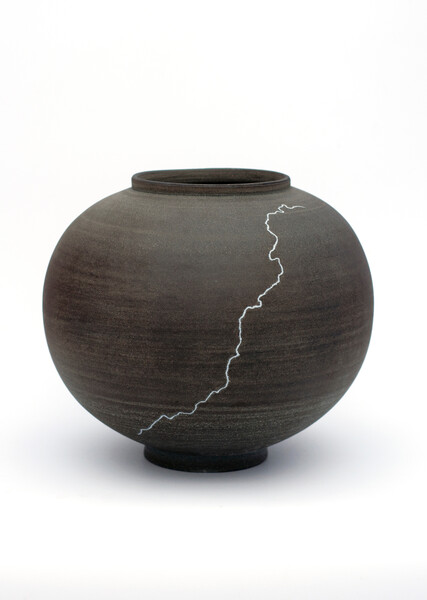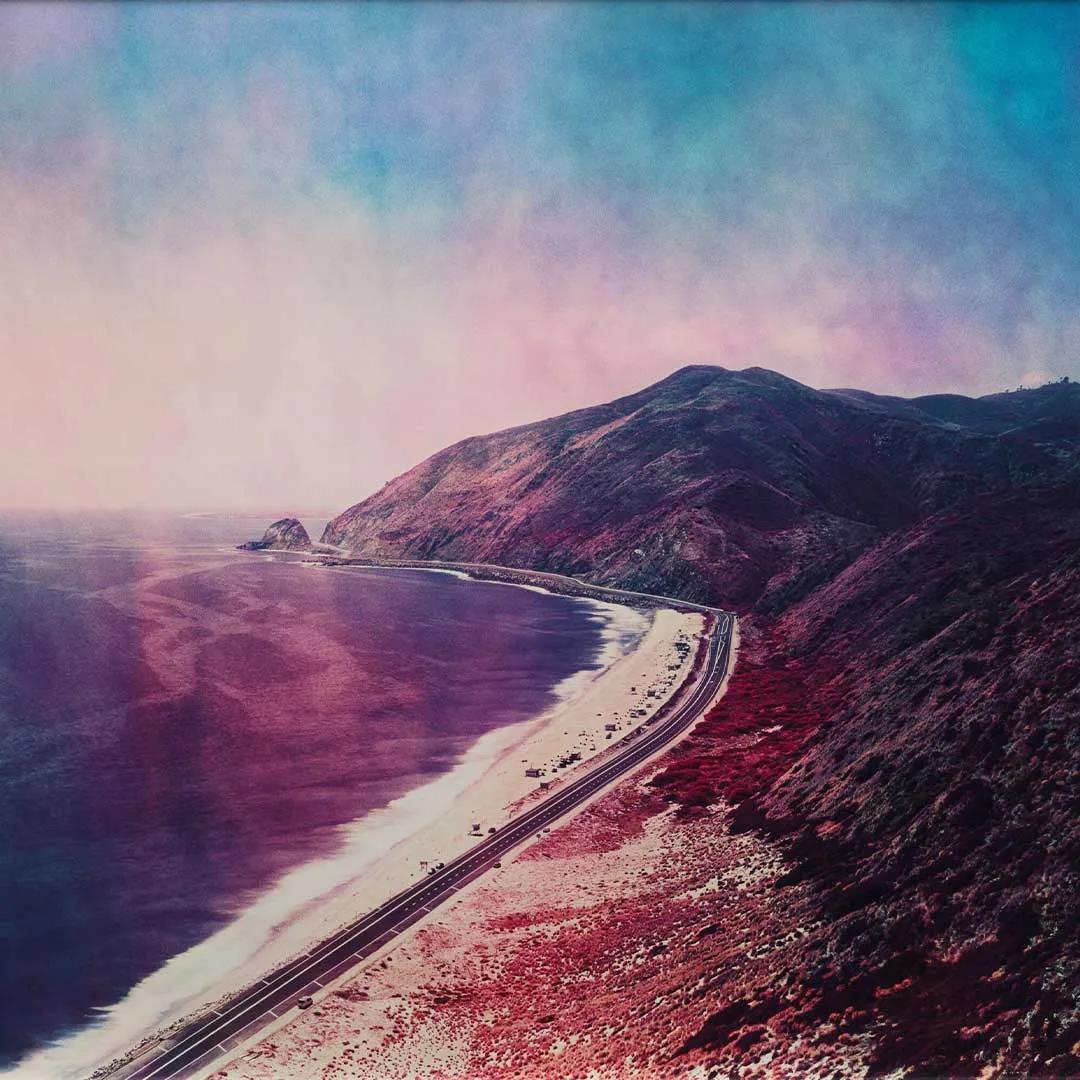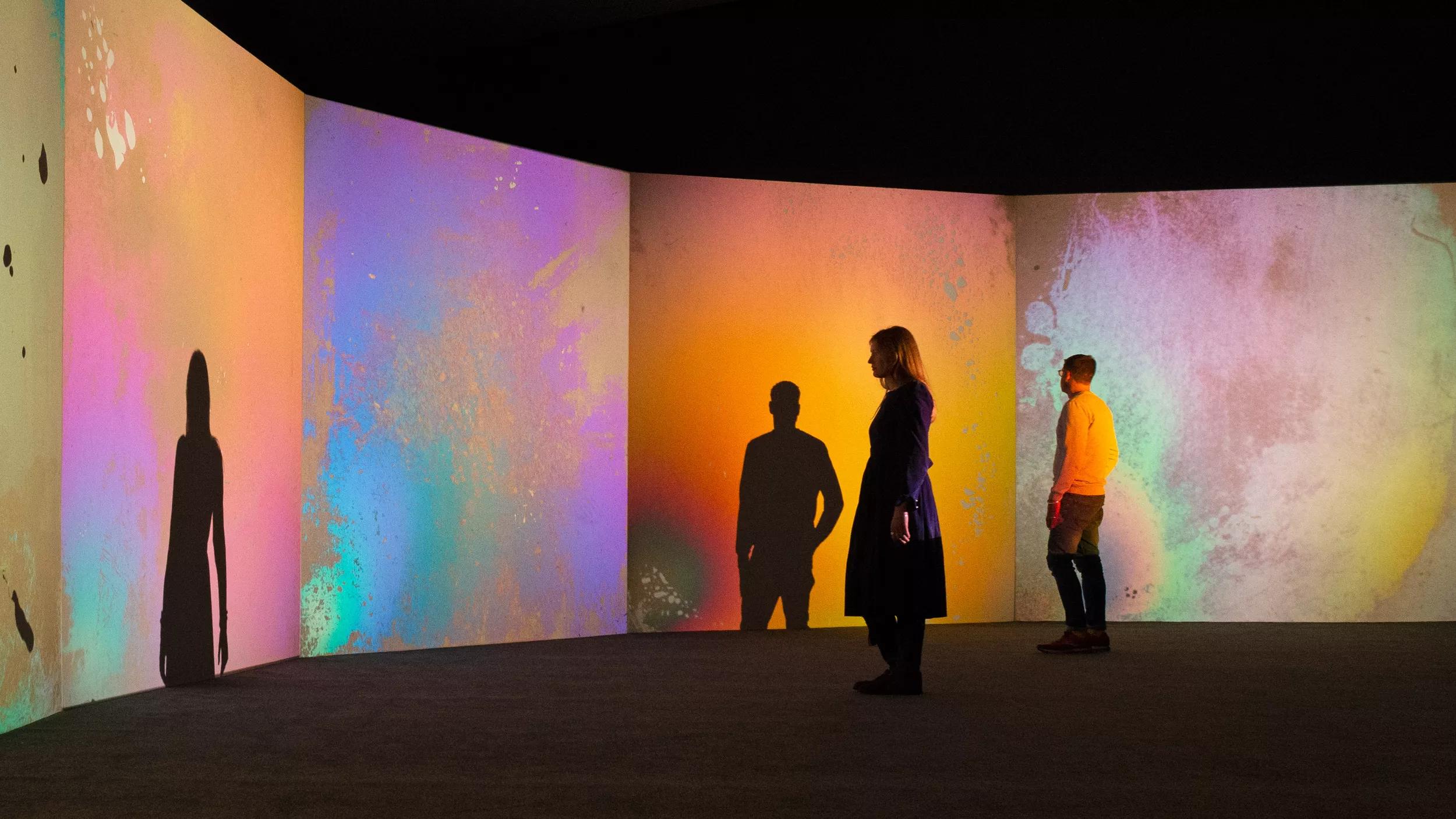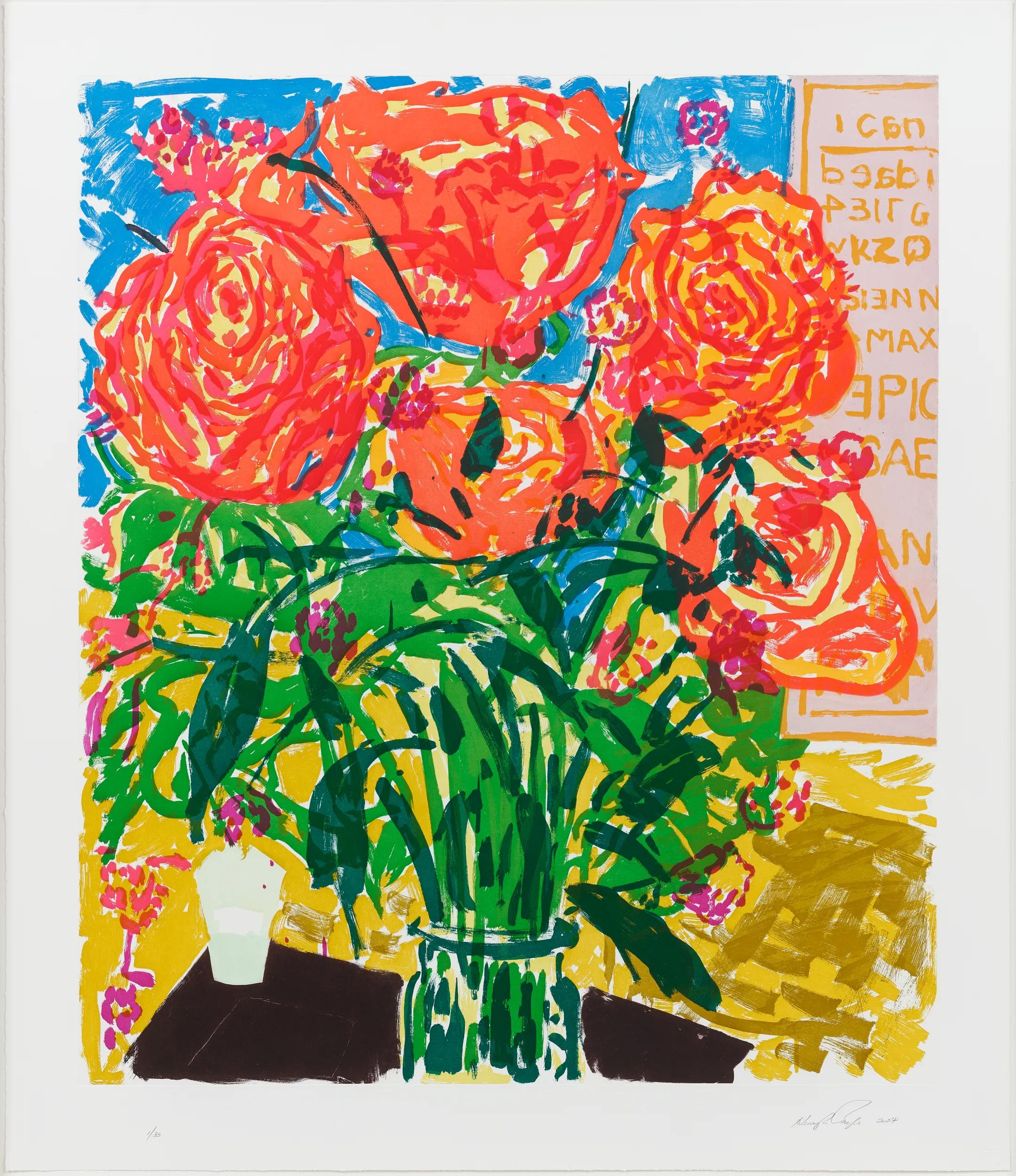
Retracing Nature
9 Feb - 30 Mar 2019
Opens on Friday 8 February 2019, 6 – 8 pm
Make, Somerset
About
Both Adam Buick and Stuart Cairns explore their natural environment and local landscape through their work, united by a common interest in material and place. Occupying a single room each at Make, their work sits parted as does their physical practice, facing each other across the Irish Sea. Buick is based on the South West coast of Wales and Cairns beside the sea, just outside Belfast. Each maker interprets place, and man‘s relationship to the natural world through their use of materials; Cairns through his use of found natural materials in combination with precious metals, and Buick through his inclusion of stone and locally dug clay. The poetic narrative of their expression is richly evocative of time and place, memory and experience.
To coincide with the opening of the exhibition, Adam Buick will install a raw, unfired Moon Jar into the Piggery at Hauser & Wirth Somerset: ‘Placing your work in a kiln, relinquishing control of its final aesthetic takes a certain mind set, patience and a degree of faith. Placing a raw, unfired jar outside, to weather away is a similar process. The jar is still committed to the elements, air and water instead of fire. There is still transformation’.
Adam Buick
Ceramicist, Adam Buick is inspired by the pure form of the Moon Jar, a type of large, globe-like porcelain vessel produced in Korea in the 17th and 18th Century. For Buick, the form serves as a canvas to map his observations and ongoing study of his surroundings. Working from his studio in South West Wales, he incorporates stone and locally dug clay into his work to create a personal narrative, one that conveys a unique sense of place. The unpredictable nature of each jar comes from these inclusions and their metamorphosis during firing. His glazes and slips also come from local clays and other natural materials such as seaweed and wood ash. This individuality and tension between materials speaks of the human condition and how the landscape shapes us as individuals.
Paths are a motif Buick uses to represent actual and metaphoric journeys through a place. To understand a landscape is to move through it, to give it context. Paths are like common routes of experience, guiding us through the landscape. They are connections through time, to others and to the land.
Ultimately Buick’s work is about being present within a landscape. Working with materials from Saint David’s peninsular for this exhibition, Buick has sourced ash, clay and ores, yielding some exciting results. With tones of mostly white, grey and blue and of varying scale, this new body of work again evokes the landscape from which the materials were collected.
Stuart Cairns
Stuart Cairns is a contemporary metalsmith using the forms of silversmithing objects, of dining and ritual, as places to explore materials and tell stories. The visual language created emerges from his immersion in landscape whether through walking, wild swimming, photography, drawing or gathering. Utilising found objects and materials collected on walks through his local landscape, combined with steel and patinated silver, Cairns creates unique, small forms, intimate in nature, translating elements of this personal journey. With this collection, conceived for Make, Cairns returns to vessel forms, set alongside the shapes of utensils and tools, acting as physical representations of a lived landscape, alive with memory.
Objects are drawn out of the natural lines of grasslands and wetlands, combining with the marks of skeletal boat hulls, shattered jetties and fragmented fence lines, to summon a sense of the land, of a past and of our place within it. Structures are formed of found objects and precious and base metals, sitting in series and sets, as if in remembrance of a previous function and forgotten personal rituals.
This body of works can be seen as a series of visual poetry. Half sketched, traced with touches of making, these vessels and implements reflect a fleeting experience; of people passing through as the landscape endures.
Current Exhibitions

Firelei Báez
The Fact That It Amazes Me Does Not Mean I Relinquish It
13 September 2024 – 5 January 2025
Downtown Los Angeles
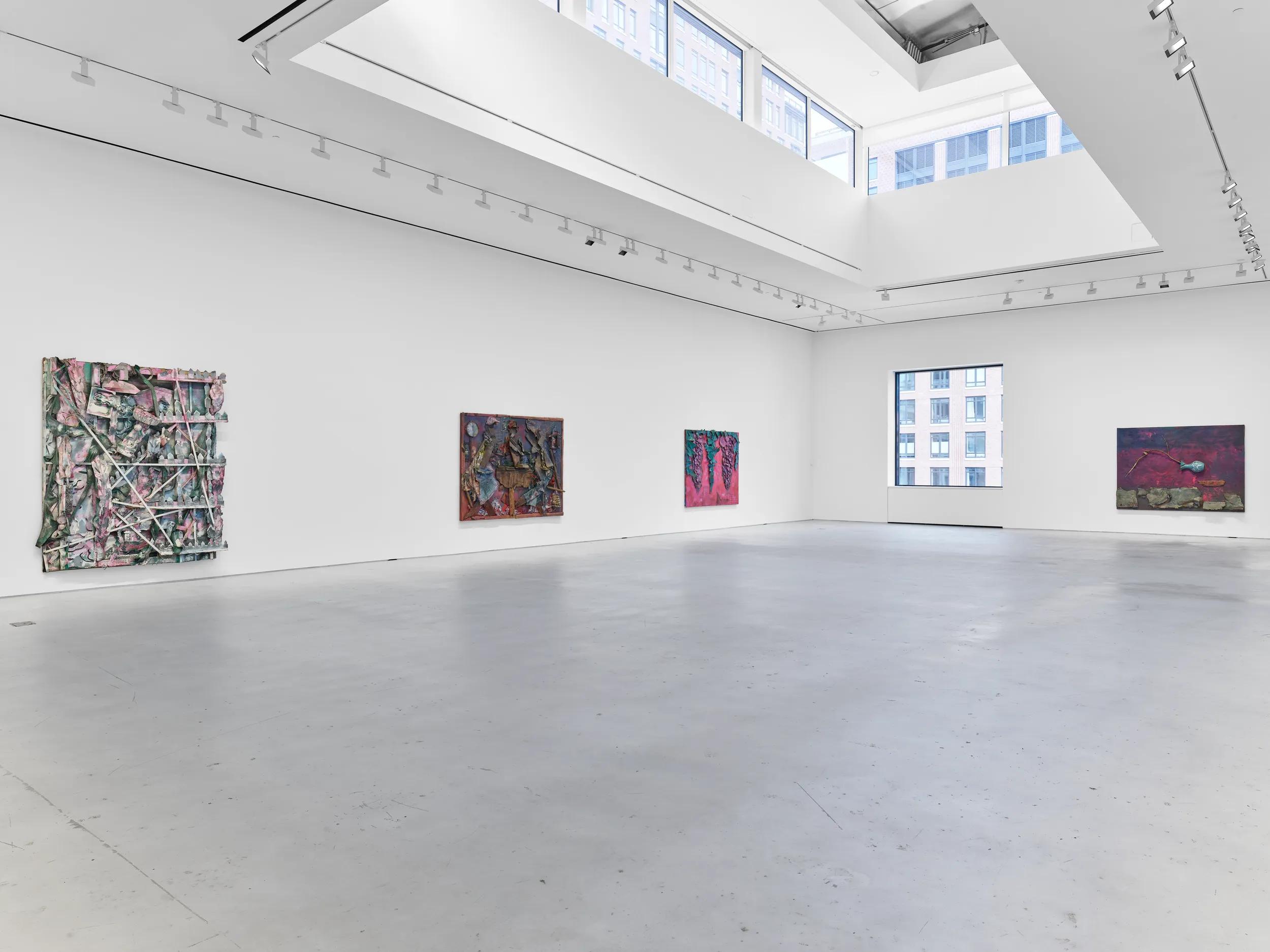
Thornton Dial - The Visible and the Invisible
2 November 2024 – 11 January 2025
New York, 22nd Street

Firelei Báez
The Fact That It Amazes Me Does Not Mean I Relinquish It
13 September 2024 – 5 January 2025
Downtown Los Angeles

Thornton Dial - The Visible and the Invisible
2 November 2024 – 11 January 2025
New York, 22nd Street
1 / 10
